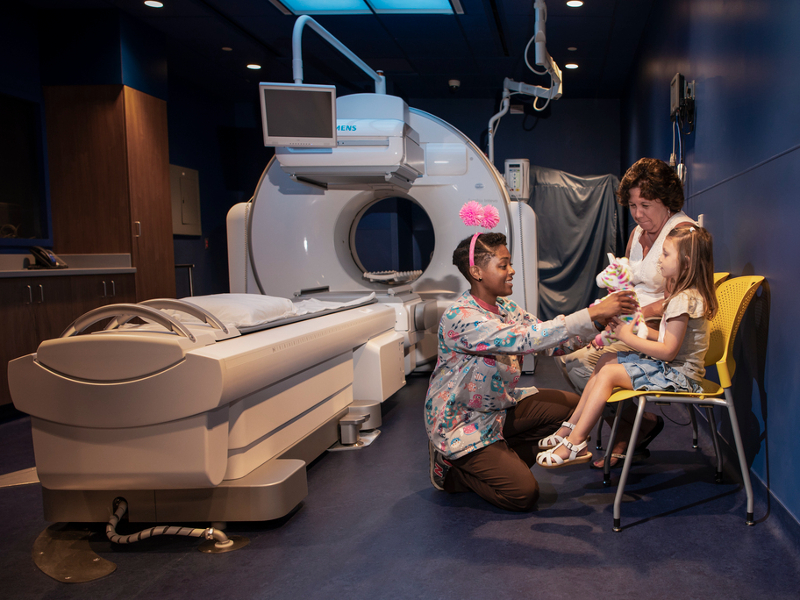Treatment
Pediatric Implantable Venous Port
An implantable venous port is an intravenous (IV) line that is completely inside the body and underneath the skin.
Frequently Asked Questions
Port Placement
What is an implantable venous port used for in children?
How is the implantable venous port inserted for children?
Will my child be awake during the implantable venous port procedure?
Will my child feel any pain after the implantable venous port procedure?
How long does an implantable venous port procedure take for children?
What risks are associated with an implantable venous port procedure in children?
When can I remove my child's bandages (dressings) after a implantable venous port placement?
When can my child bathe after an implantable venous port placement?
Are there any activity restrictions after an implantable venous port placement in a child?
Port Removal
How is an implantable venous port removed in children?
When can I remove my child's bandages after an implantable venous port removal?
When can my child bathe after an implantable venous port removal?
Departments that Offer Implantable Venous Port

Interventional Radiology
Children's National interventional radiologists perform a full range of minimally invasive, image-guided procedures to both diagnose and treat disease in infants, children and adolescents. Learn more about how we help children in our care.

Help Kids and Make a Difference
Invest in future cures for some of life's most devastating diseases. Give today to help more children grow up stronger.







